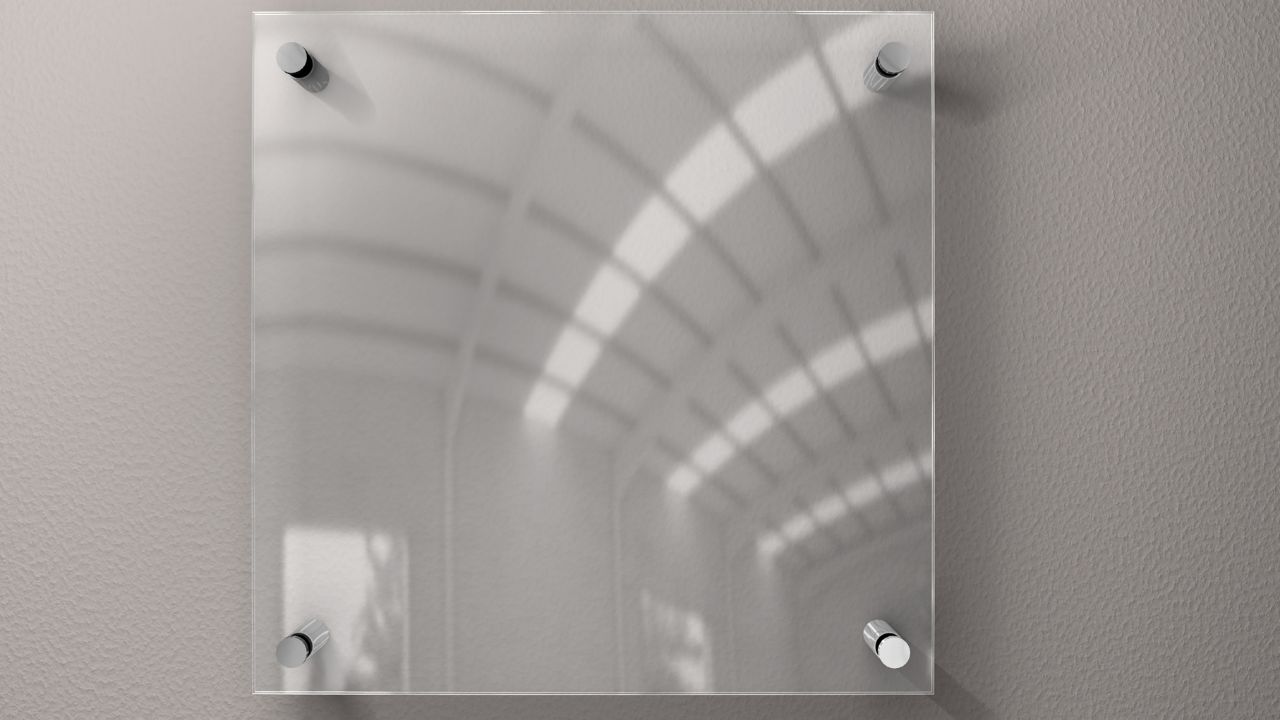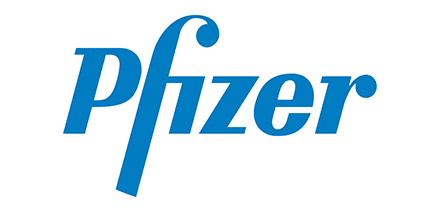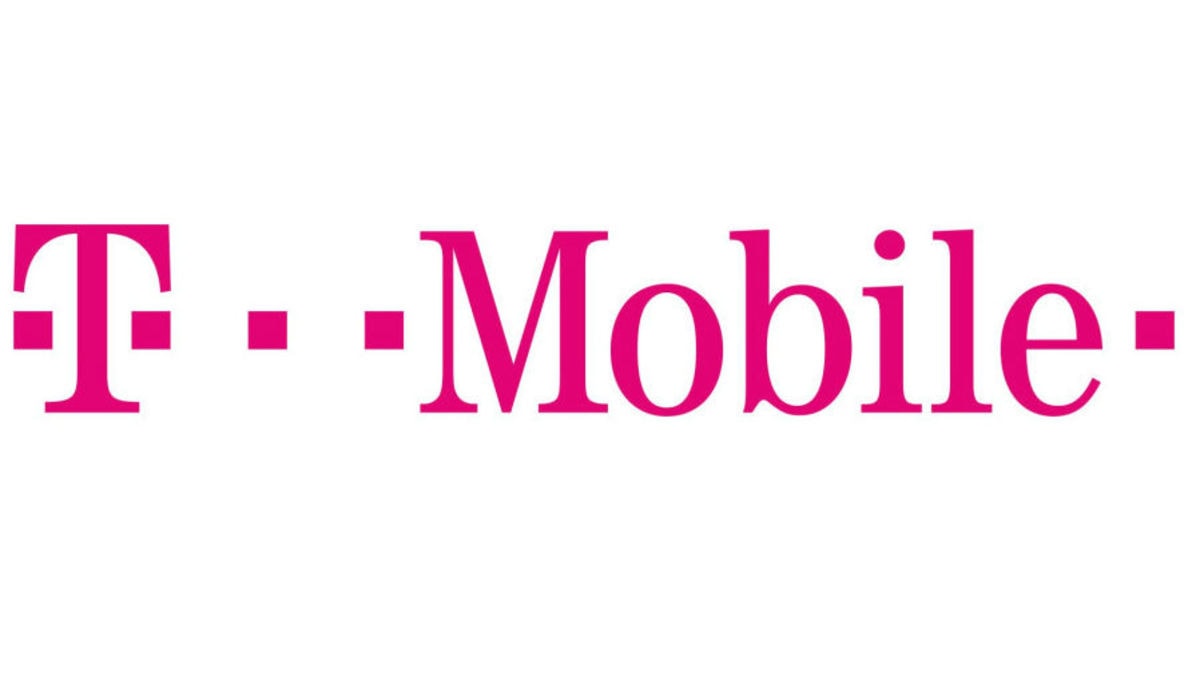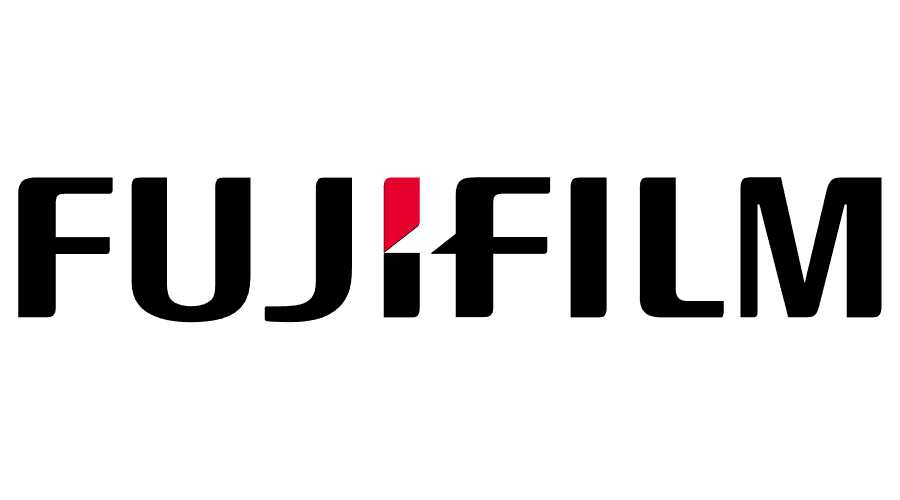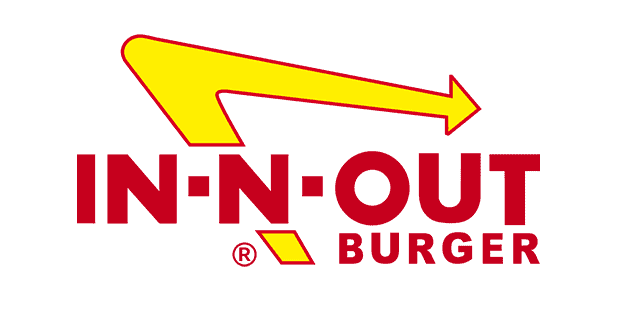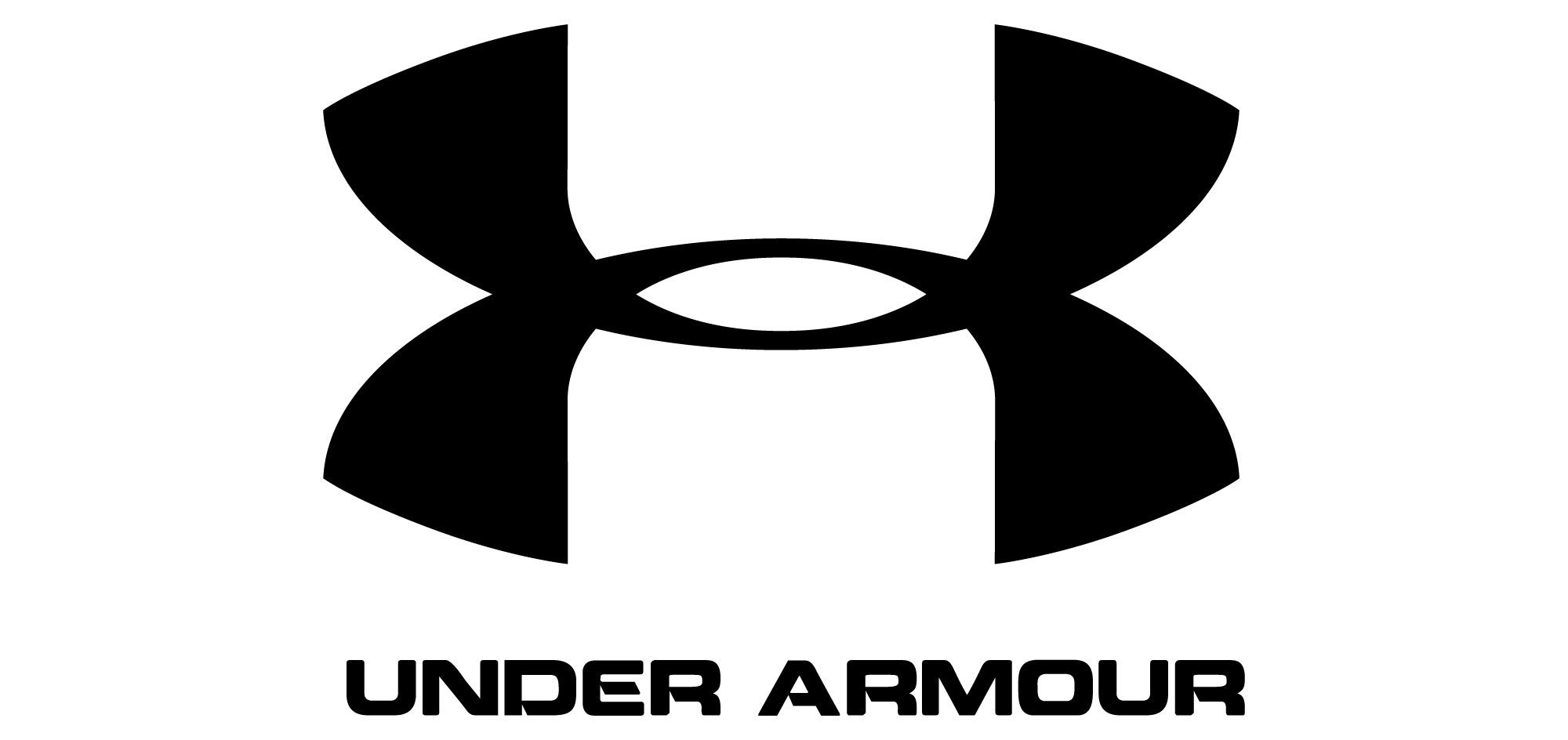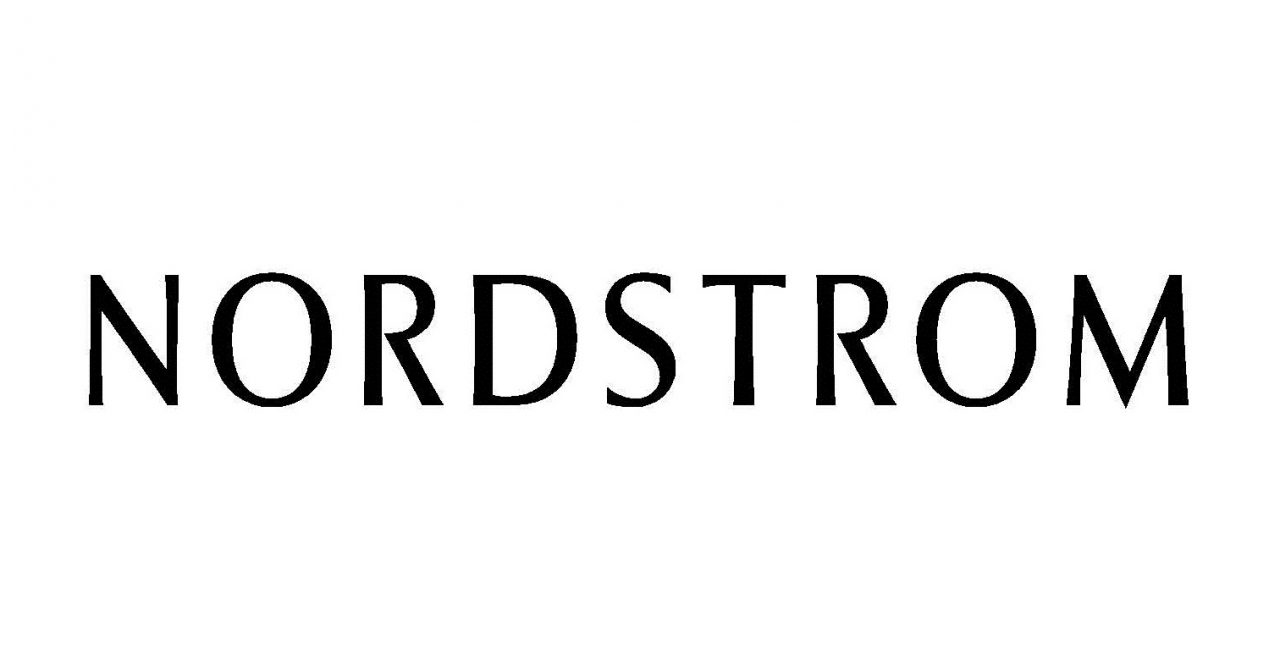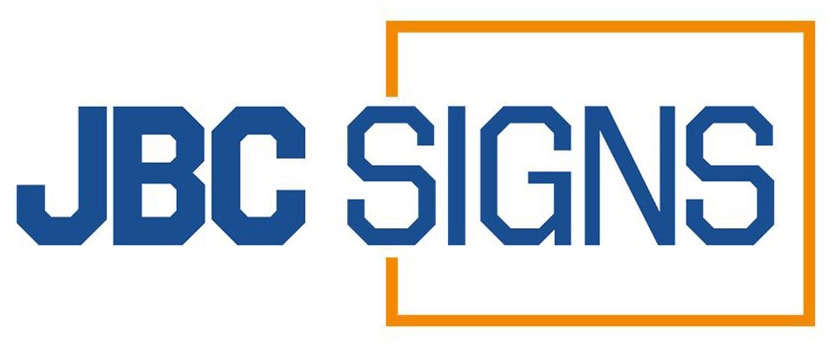Key Takeaways
- Acrylic vs plexiglass: While both are made from the same base material (PMMA), plexiglass is a brand name for a more durable, UV-resistant type of acrylic.
- Acrylic is a more affordable material, while plexiglass tends to be more expensive due to its superior durability and UV resistance.
- Both materials offer excellent clarity, but plexiglass may have slightly better optical quality.
- Custom acrylic products are perfect for indoor signage and displays, while plexiglass is better suited for outdoor applications.
- Acrylic signage & displays made from both materials are highly durable and visually appealing, but the choice depends on environmental factors and budget.
When choosing the right material for projects like acrylic signage & displays, custom designs, or even an acrylic name plate, it's common to encounter two terms: acrylic and plexiglass. While they are often used interchangeably, many people wonder, what's acrylic and how does it compare to plexiglass? Understanding the subtle differences between acrylic vs plexiglass is crucial for making an informed decision, as each has its own unique benefits depending on the application.
What's the Difference Between Acrylic and Plexiglass and Which One is Better key points are as follows:
- What’s Acrylic
- What’s Plexiglass
- Key Differences Between Acrylic and Plexiglass
- Best Uses for Acrylic vs Plexiglass
In this article, we will explore the similarities and differences between acrylic and plexiglass, including their properties, uses, and which one might be better suited for your needs.
What’s Acrylic?
Before we dive into the differences, it’s important to define what's acrylic. Acrylic is a transparent thermoplastic material made from polymethyl methacrylate (PMMA). It is widely used in a variety of industries for its high optical clarity, versatility, and strength. Acrylic is often used for signs, displays, windows, and even art projects due to its ability to be easily molded and shaped.
Acrylic signage & displays are common uses for this material because of its crystal-clear appearance, which makes it ideal for presenting information without distortion. Custom acrylic products, such as acrylic name plates, can be made in various shapes, sizes, and thicknesses.
What’s Plexiglass?
Plexiglass is actually a brand name for a type of acrylic. In other words, plexiglass is acrylic, but not all acrylic is plexiglass. The term "plexiglass" is often used to refer to acrylic sheets that are made using a specific type of manufacturing process.
Plexiglass is highly durable, offering strong resistance to impacts and UV light, making it suitable for outdoor applications. Just like acrylic, plexiglass is transparent and offers great optical clarity, but it is more commonly associated with the brand's specific product lines.
While acrylic vs plexiglass may seem like a debate over brand names, it is important to note that the main difference is in the manufacturing and slight variations in quality and cost.
Key Differences Between Acrylic and Plexiglass
1. Material Composition
- Acrylic: Acrylic is a general term for polymethyl methacrylate (PMMA), a plastic material that can be used in many forms, such as sheets, rods, and tubes.
- Plexiglass: Plexiglass is essentially a brand name for a specific type of acrylic material that is manufactured under certain conditions. While both are made from the same base polymer (PMMA), the term plexiglass often refers to higher-end acrylic materials.
Summary: While all plexiglass is acrylic, not all acrylic is plexiglass. Plexiglass is just one specific brand of acrylic, known for being a bit more premium in quality.
2. Durability and Strength
- Acrylic: Acrylic is known for being highly durable, but it can be prone to cracking under extreme pressure or impact. It is stronger than glass, but not as strong as plexiglass in terms of impact resistance.
- Plexiglass: Plexiglass, on the other hand, is often more impact-resistant than standard acrylic. It is designed for tougher applications where high impact resistance is required, making it ideal for outdoor signage, windows, and displays that may face more wear and tear.
Summary: Plexiglass generally offers better durability and impact resistance compared to standard acrylic, but both materials are significantly stronger than glass.
3. Clarity and Appearance
- Acrylic: Acrylic is known for its excellent optical clarity, offering up to 92% light transmission. This makes it ideal for acrylic signage & displays, where clear visibility is crucial. Acrylic is available in both clear and frosted finishes.
- Plexiglass: Plexiglass offers very similar clarity to acrylic, but it can sometimes have slight variations in optical quality depending on the brand and manufacturing process.
Summary: Both materials offer high clarity, making them excellent choices for applications like acrylic signage & displays. However, plexiglass may offer slightly better clarity due to its manufacturing process.
4. UV Resistance
- Acrylic: Acrylic generally has good UV resistance, which helps prevent it from yellowing or fading over time. However, standard acrylic can lose its transparency when exposed to UV light for extended periods.
- Plexiglass: Plexiglass offers superior UV resistance, making it a better choice for outdoor applications. It is designed to resist yellowing and degradation caused by prolonged exposure to sunlight.
Summary: Plexiglass generally provides better UV resistance, making it more suited for outdoor acrylic signage & displays.
5. Cost
- Acrylic: Acrylic is generally more affordable than plexiglass. It offers great value for money, especially for indoor uses such as acrylic name plates, displays, and decorative items.
- Plexiglass: Plexiglass tends to be more expensive, but the price is justified by its superior durability and UV resistance. It is ideal for applications where strength and longevity are essential, such as in custom acrylic products exposed to harsh weather conditions.
Summary: Acrylic is the more cost-effective choice, while plexiglass offers a higher price point for premium quality and additional features.
Best Uses for Acrylic vs Plexiglass
Acrylic Signage & Displays
Both acrylic and plexiglass are commonly used for acrylic signage & displays. Acrylic’s affordability and versatility make it an ideal choice for indoor signage, displays, and promotional items. Plexiglass is best for outdoor signage, where UV resistance and durability are more critical.
- Acrylic Signage & Displays: Acrylic is widely used for acrylic displays in retail environments, museums, and exhibitions. It’s perfect for indoor settings where cost-effectiveness and clarity are the priority.
- Plexiglass Signage: Plexiglass is the preferred material for outdoor signs that need to withstand the elements. Its ability to resist yellowing from UV exposure makes it ideal for prolonged use in sunlight.
Custom Acrylic Name Plates
When it comes to custom acrylic name plates, both materials can be used. Acrylic is often the go-to choice for these items because it is affordable, durable, and can be easily customized with engraving or printing. Plexiglass can also be used for more high-end applications but typically comes at a higher cost.
- Acrylic Name Plates: Acrylic is ideal for professional office nameplates, door signs, and business signage due to its low cost and versatility.
- Plexiglass Name Plates: If you need a more luxurious or long-lasting acrylic name plate, plexiglass might be the better option, especially for outdoor or high-traffic areas.
Which One is Better: Acrylic or Plexiglass?
In the debate of acrylic vs plexiglass, both materials offer unique benefits, and the right choice depends largely on your specific needs. If you need a cost-effective material that provides excellent clarity and is suitable for indoor acrylic signage & displays, then acrylic is the way to go. On the other hand, if you need a more durable and UV-resistant material for outdoor signage or high-traffic areas, plexiglass may be a better choice.If you're in need of high-quality custom acrylic products or acrylic signage & displays, Display and Holders offers a wide range of solutions to meet your needs. Explore our collection today to find the perfect fit for your business or project.

